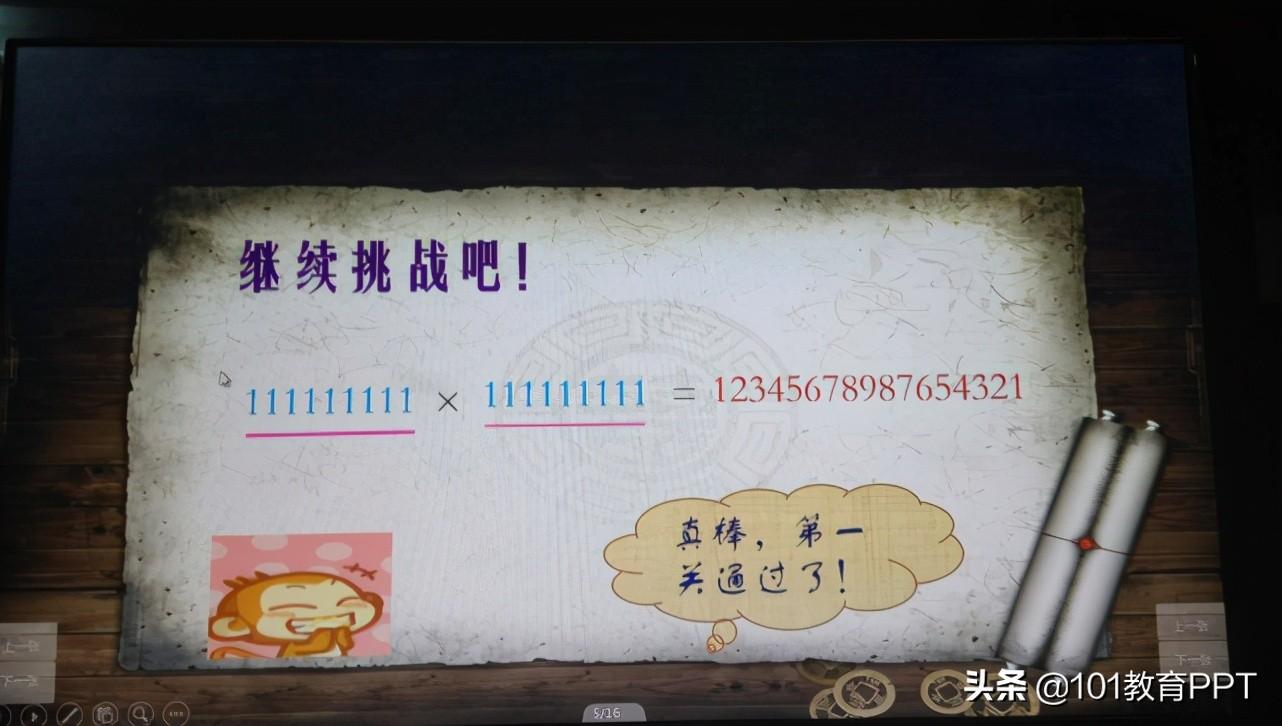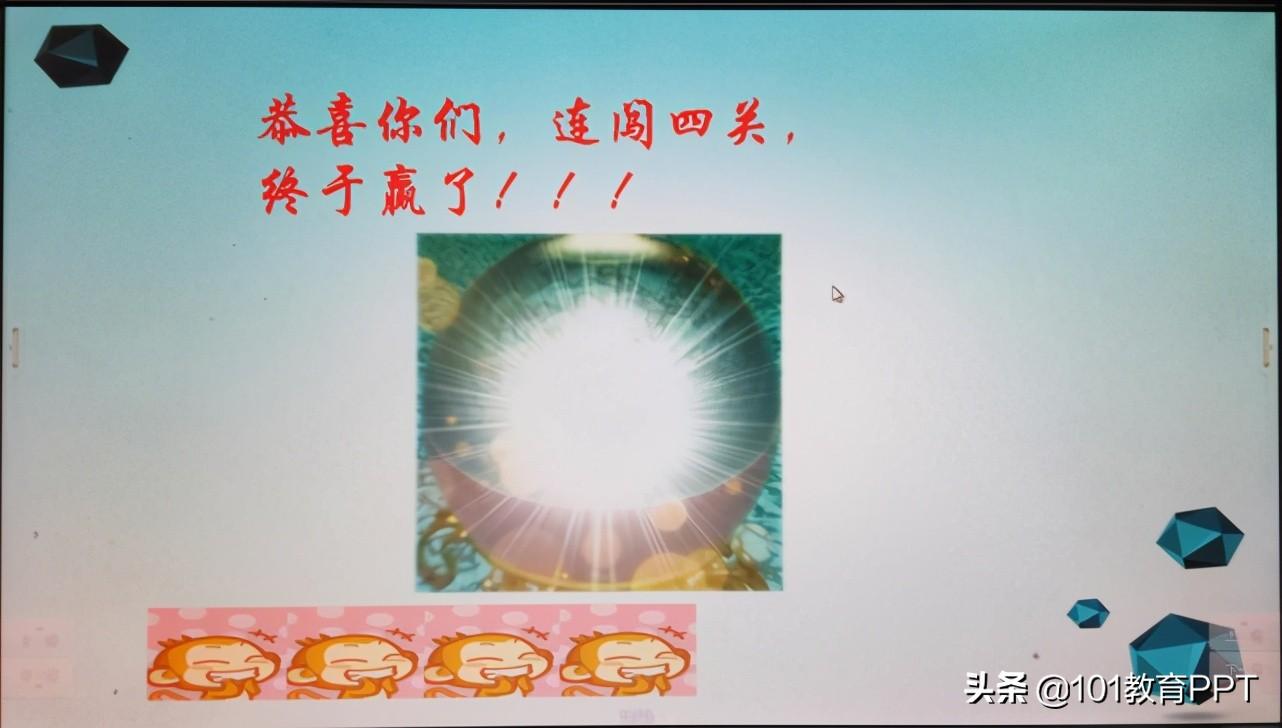文 | Wu Yan
"Mathematics is cold and beautiful", this sentence was once regarded as the most reasonable saying by me.
In the previous teaching work, I was serious and required students to be meticulous, but students were still not interested in mathematics, and their scores in mathematics remained stagnant. Once a parent asks why their children hate studying, I will answer confidently: "Mathematics is inherently boring, why not call it 'cold beauty'? However, this is the main subject, and you have to learn it if you don't like it."
If you sow melons, you will reap melons, and if you sow beans, you will reap beans. The "cold" mathematics classroom finally brought the students "cold" rewards. Without exception, all the students in the class listed mathematics as their "least favorite subject".
Students always feel that mathematics is boring and not fun. How can I break through this "bottleneck"? After learning from the pain, I pondered: If the "cold" face remains unchanged and the teaching methods are not innovated, it will be difficult to arouse the enthusiasm of students for learning. In order to find a strategy to solve this problem, I consulted a lot of mathematics materials, carefully reviewed the details of dealing with students, and finally precipitated three teaching methods: "story teaching method", "game teaching method" and "multimedia teaching method" . I know that stories, games and animations are hard for any child to resist. Therefore, I decided to integrate stories, games and animations into my mathematics class to stimulate students' interest in learning mathematics, thus turning "cold" mathematics into "interesting" mathematics.
1. Story teaching method
Writing math stories based on math textbooks requires a lot of material. So I usually pay special attention to the big and small things around me, read newspapers extensively, and read more story books about mathematics, in case I need to create "mathematical stories". In the process of creation, I was also confused: Is there any scientific basis for my so-called "story teaching method"? So I verified it through mathematics teaching materials or literature books, and the result made me feel relieved: the "story teaching method" can be regarded as the specific operation method of the "situational teaching method". This allowed me to regain my confidence and plunge into it firmly.
【Example】
When teaching the lesson "The Law of Invariant Quotient", I designed such a pre-class guide:
Students, before class today, the teacher will tell you a story:
Huaguo Mountain has a beautiful scenery, and the birds are singing and the flowers are fragrant. The peach tree is full of peaches, and a group of children are sitting under the peach tree, waiting for the Monkey King to share the peaches. The monkey king came on time. The Monkey King said to the boy, "Every 2 monkeys get 8 peaches." The little monkey said, "It's not enough." The Monkey King said, "Okay! I'll give you 80 peaches and 20 monkeys to share." The little monkey said The monkey king made progress, scratched his scalp, and said tentatively, "My lord, can you please give me some more?" The monkey king thought for a while and said, "I really can't do anything with you. I'll give you 800 peaches, but I only got 200 small peaches." Monkey points. Now you should be satisfied!" Now, the little monkeys cheered in unison, "Long live the king!" At this time, the monkey king smiled.
Teacher: "Students, why did the Monkey King laugh when he heard the answers from the little monkeys?" (ask students)
Teacher: "Okay, let's take a look at the math problem in this story..." (Guide students to analyze the conditions and problems in the story)
……
Using the form of pre-class stories + heuristic questions + importing new lessons, it is easy to grasp the "law of constant quotient". After this class, the students' enthusiasm for learning is high, the interest is full, the teaching effect is remarkable, and the expected goal is achieved.
2. Game teaching method
Games are a great way to motivate students of any age. In response to this feature, the "game teaching method" is to teach in the form of games, so that students can master knowledge points unconsciously in a lively atmosphere, in relaxed and happy activities, and even in fierce competitions.
【Example 1】
In the review class of the initial understanding of positive and negative numbers, I sent a card to each student in the class. The card is a number, including 0, -1 to -20, 1 to 20.
I ask questions and students hold up number cards based on the answers to the questions.
For example, "What is the opposite of +1?" "What is the opposite of -3?" "What is a number smaller than -10?" "What is a number that is neither positive nor negative? "...
Attract students' attention through interactions such as question and answer, quick answer, and hand raising. Facts have proved that the students are very active and engaged, and the classroom atmosphere is more active. More importantly, most of the students have mastered the basic concepts related to positive and negative numbers.
【Example 2】
In the class of understanding geometric figures, I used the "Interactive Question Type-Element Combination" in the 101 Educational PPT software to give students a puzzle puzzle. Ask the students to come on stage and spell out the specified graphics, or let them create their own favorite graphics. It's more like a small game than a question. The jigsaw puzzle form is familiar to students, and the operation is very simple. And it is curious and exciting for the students to operate the whiteboard on stage, so the enthusiasm is even higher.

3. Multimedia teaching method
Multimedia teaching is a modern teaching method, which uses text, objects, images, sounds and other media to convey information to students.
In the past, when preparing lessons, I would use the PPT courseware designed by others to teach. Some PPTs are good, but they don't match my teaching philosophy. To me, they are just dull pictures. After one semester, I found that the teaching effect was very unsatisfactory. For each lesson now, I will synthesize the textbook content, my own teaching plan design, and refer to excellent templates to make teaching courseware by myself. The resource library of 101 Education PPT software provides a wealth of resource materials: pictures, videos, animations, audio, and rare 3D resources, which make my courseware more vivid and lifelike. The students' attention was immediately attracted by my courseware, and their interest also increased.

【Example】
Part of the courseware "Interesting Mathematical Formulas"




With the practice of "story teaching method", "game teaching method" and "multimedia teaching method", the attitude of the students in my class to mathematics has undergone earth-shaking changes, and gradually changed from "cold to mathematics". " was transformed into "interest". In the past two semesters, mathematics is no longer the subject that students hate the most, and there are very few people who "don't like" mathematics. The "story teaching method", "game teaching method" and "multimedia teaching method" have contributed a lot.
Articles are uploaded by users and are for non-commercial browsing only. Posted by: Lomu, please indicate the source: https://www.daogebangong.com/en/articles/detail/101%20Education%20PPT%20courseware%20resource%20library%20to%20help%20teachers%20create%20interesting%20mathematics%20classrooms.html

 支付宝扫一扫
支付宝扫一扫 
评论列表(196条)
测试